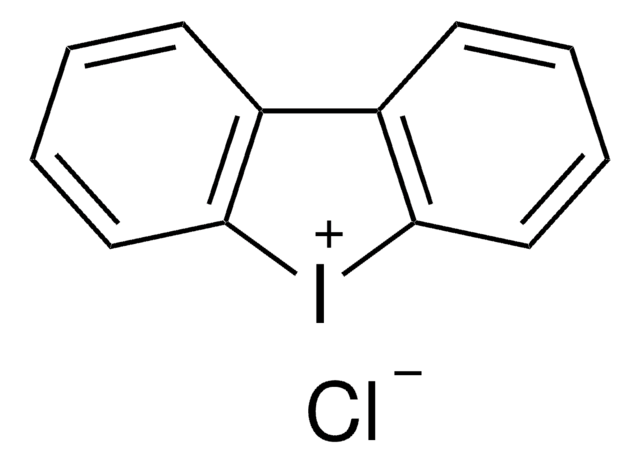E6635
Ethylenediaminetetraacetic acid disodium salt dihydrate
Sigma Grade, suitable for plant cell culture, 98.5-101.5%
Synonym(s):
Disodium ethylenediaminetetraacetate dihydrate, EDTA disodium salt, EDTA-Na2, Edathamil, Edetate disodium salt dihydrate, Sequestrene Na2
About This Item
Recommended Products
grade
Sigma Grade
Quality Level
Assay
98.5-101.5%
form
powder
reaction suitability
reagent type: chelator
technique(s)
cell culture | plant: suitable
mp
248 °C (dec.) (lit.)
solubility
H2O: soluble, clear, colorless
SMILES string
O.O.O.O.[Na+].[Na+].[Na+].[Na+].OC(=O)CN(CCN(CC([O-])=O)CC([O-])=O)CC(O)=O.OC(=O)CN(CCN(CC(O)=O)CC([O-])=O)CC([O-])=O
InChI
1S/C10H16N2O8.2Na.2H2O/c13-7(14)3-11(4-8(15)16)1-2-12(5-9(17)18)6-10(19)20;;;;/h1-6H2,(H,13,14)(H,15,16)(H,17,18)(H,19,20);;;2*1H2/q;2*+1;;/p-2
InChI key
OVBJJZOQPCKUOR-UHFFFAOYSA-L
Looking for similar products? Visit Product Comparison Guide
General description
Application
Signal Word
Warning
Hazard Statements
Precautionary Statements
Hazard Classifications
Acute Tox. 4 Inhalation - STOT RE 2 Inhalation
Target Organs
Respiratory Tract
Storage Class Code
13 - Non Combustible Solids
WGK
WGK 2
Flash Point(F)
Not applicable
Flash Point(C)
Not applicable
Personal Protective Equipment
Certificates of Analysis (COA)
Search for Certificates of Analysis (COA) by entering the products Lot/Batch Number. Lot and Batch Numbers can be found on a product’s label following the words ‘Lot’ or ‘Batch’.
Already Own This Product?
Find documentation for the products that you have recently purchased in the Document Library.
Customers Also Viewed
Our team of scientists has experience in all areas of research including Life Science, Material Science, Chemical Synthesis, Chromatography, Analytical and many others.
Contact Technical Service


